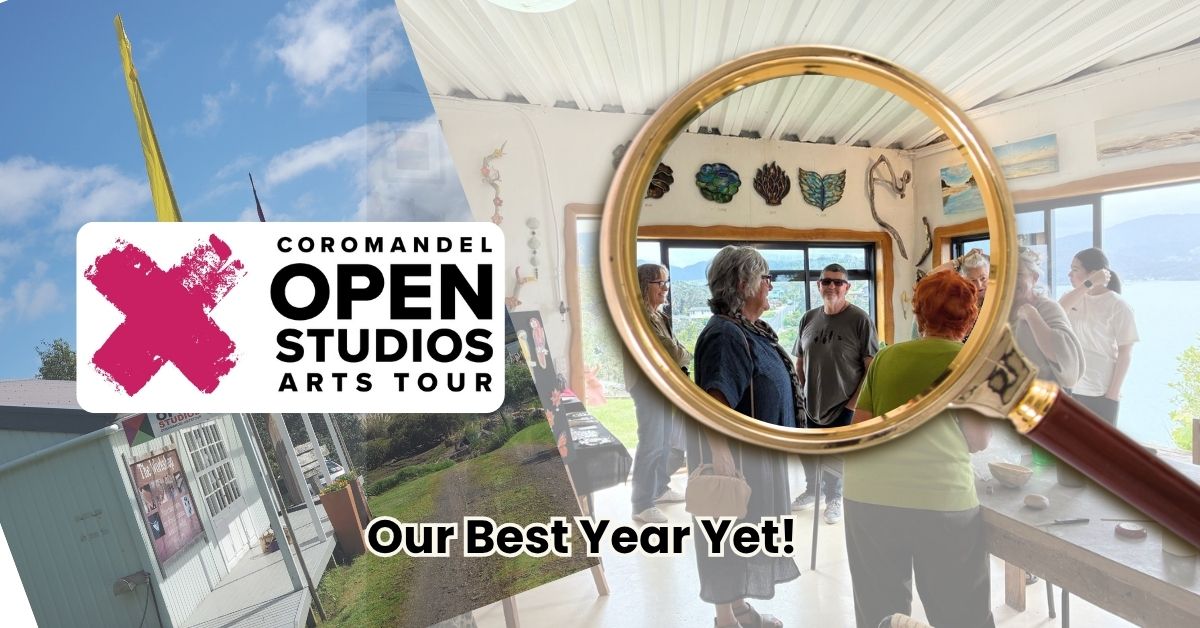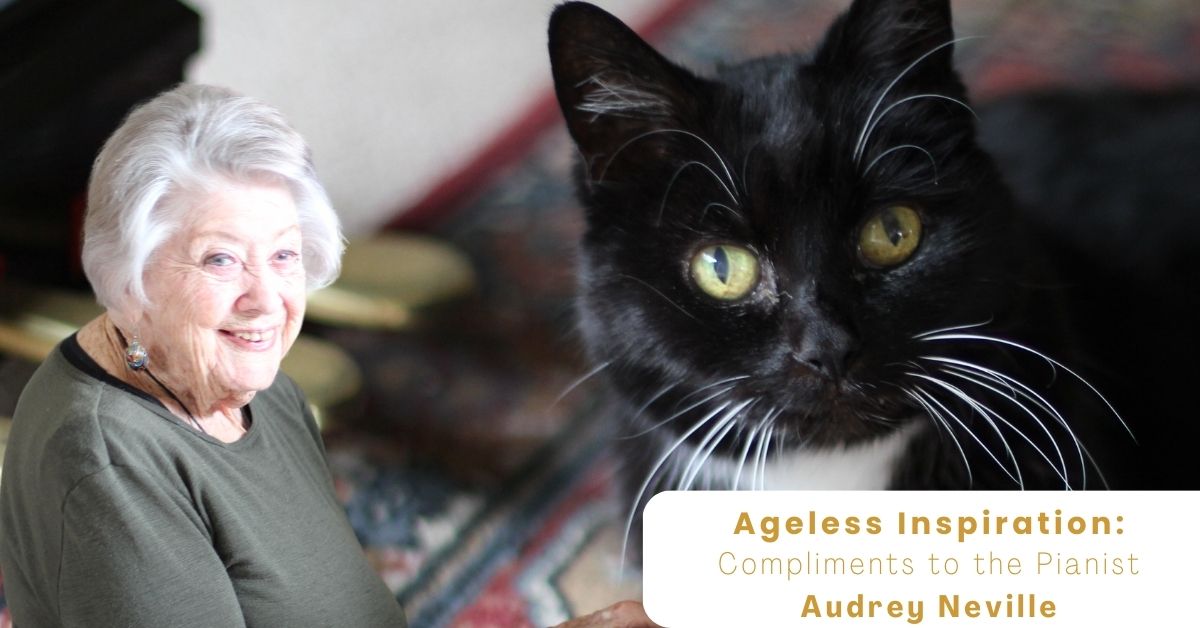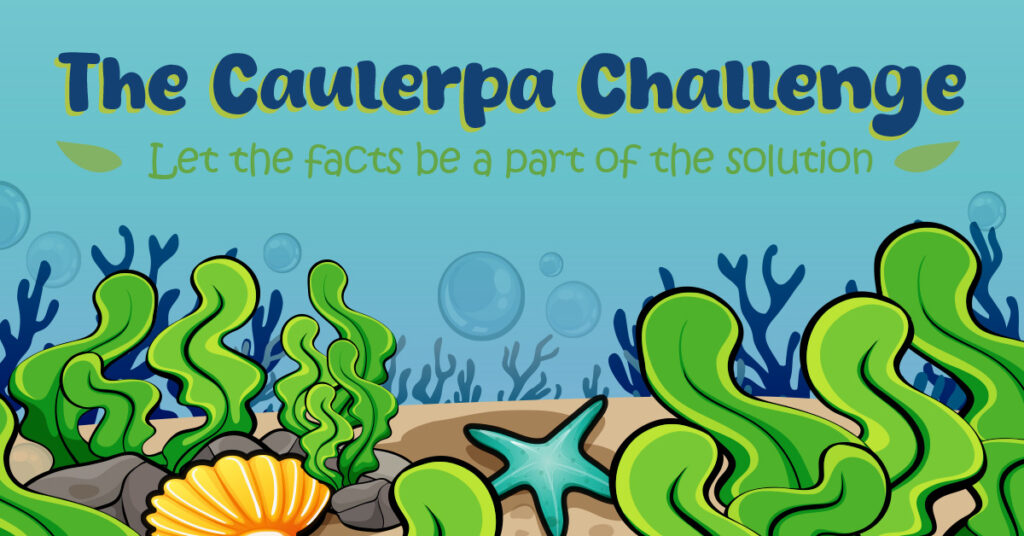
Let the facts be a part of the solution
When Tairua local Will Fransen fell off his boat in January while fishing beyond the Aldermen Islands, he drifted over 55 km in the currents in little over 24 hours. Incredibly, he was found alive.
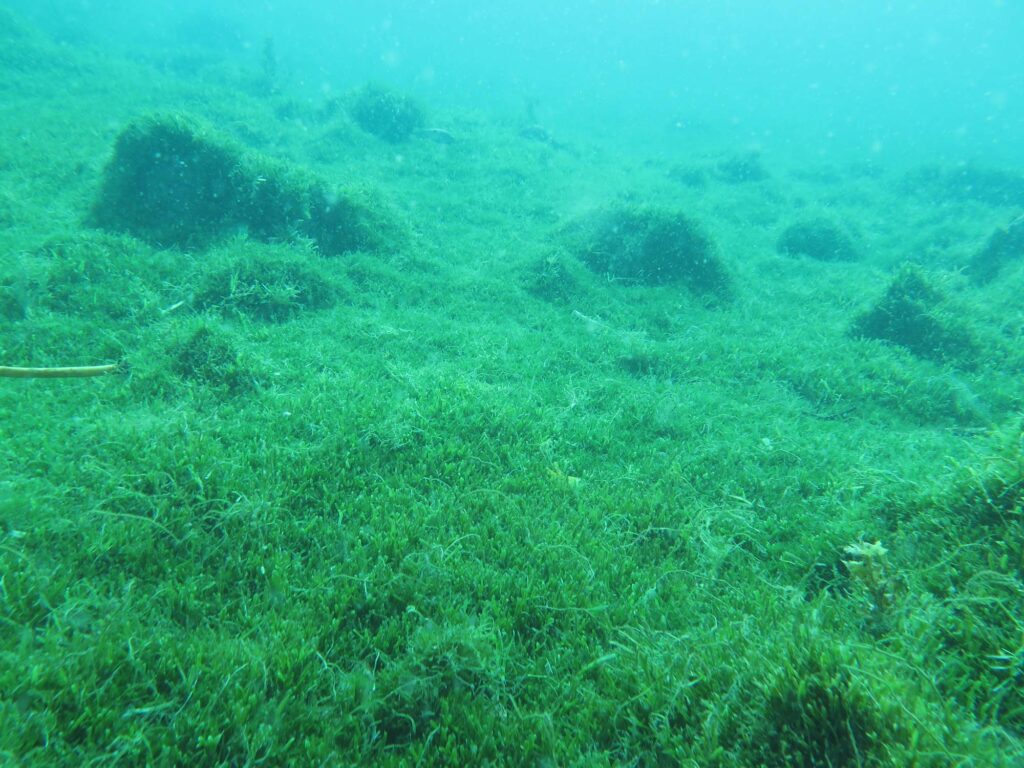
If the currents and tides can carry a human this far, imagine the distance a small fragment of invasive seaweed like Caulerpa can spread on the same currents. Particularly because the tides and currents flow day in and day out.
The sneaky, green exotic weed Caulerpa was first discovered at Aotea Great Barrier in 2021, covering over 16 hectares of seafloor. It suffocates the seafloor, posing a danger to benthic sea life as it is toxic to many fish and critters.
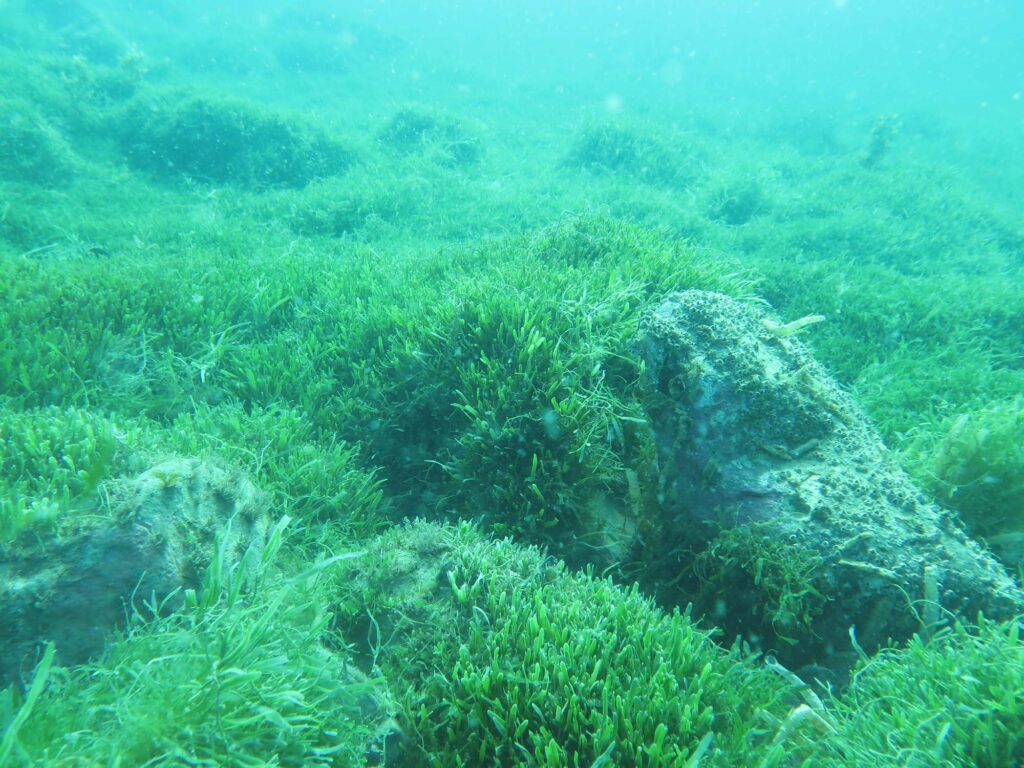
It has since spread from Aotea and taken over Great Mercury Island, been found at Te Rawhiti Inlet in the Bay of Islands, and in the Hauraki Gulf around Waiheke, Kawau Island, Rakino and Mokohinau Islands. What’s worrying is its recent movement, creeping closer to the Coromandel, after being recently discovered in Fantail Bay and Leigh.
It may be easy to point the finger at boaties and blame vessels and marine equipment for Caulerpa’s rapid infestation across the Hauraki Gulf, but we need to take a holistic look at the issue. While human behaviour undoubtedly makes a difference, our impact pales in comparison to the impact that billions of gallons of water travelling up and down the coast have on the spread of Caulerpa.

Caulerpa relies on the currents and tides to determine where it settles. In suitable conditions, wave action breaks off small fragments which are deposited in new areas where it then establishes. Interestingly, juvenile scallop ‘spat’ disperses using the same technique and benefits from the same currents for dispersal as Caulerpa. This information is vital.
If you follow the tides, currents and areas scallop spat has historically settled, you will likely find Caulerpa. Great Mercury Bay is a prime example. Where the vigorous currents once facilitated the settlement of scallop spat, today the historic scallop beds are now home to Caulerpa.
Craig Thorburn, a member of the Waiheke Marine Project Steering Committee and Trustee of Kelly Tarlton’s Marine Wildlife Trust, has been actively involved in the Caulerpa scene. He was one of the first people to notice that the facts were not adding up. “After frequently surveying the main anchorages at Waiheke and not finding Caulerpa, we researched its [Caulerpa] natural dispersal processes. Realising that the weed spreads along the currents similar to scallop spat, and applying this logic, we dove a historic scallop bed at Waiheke and found Caulerpa immediately.”
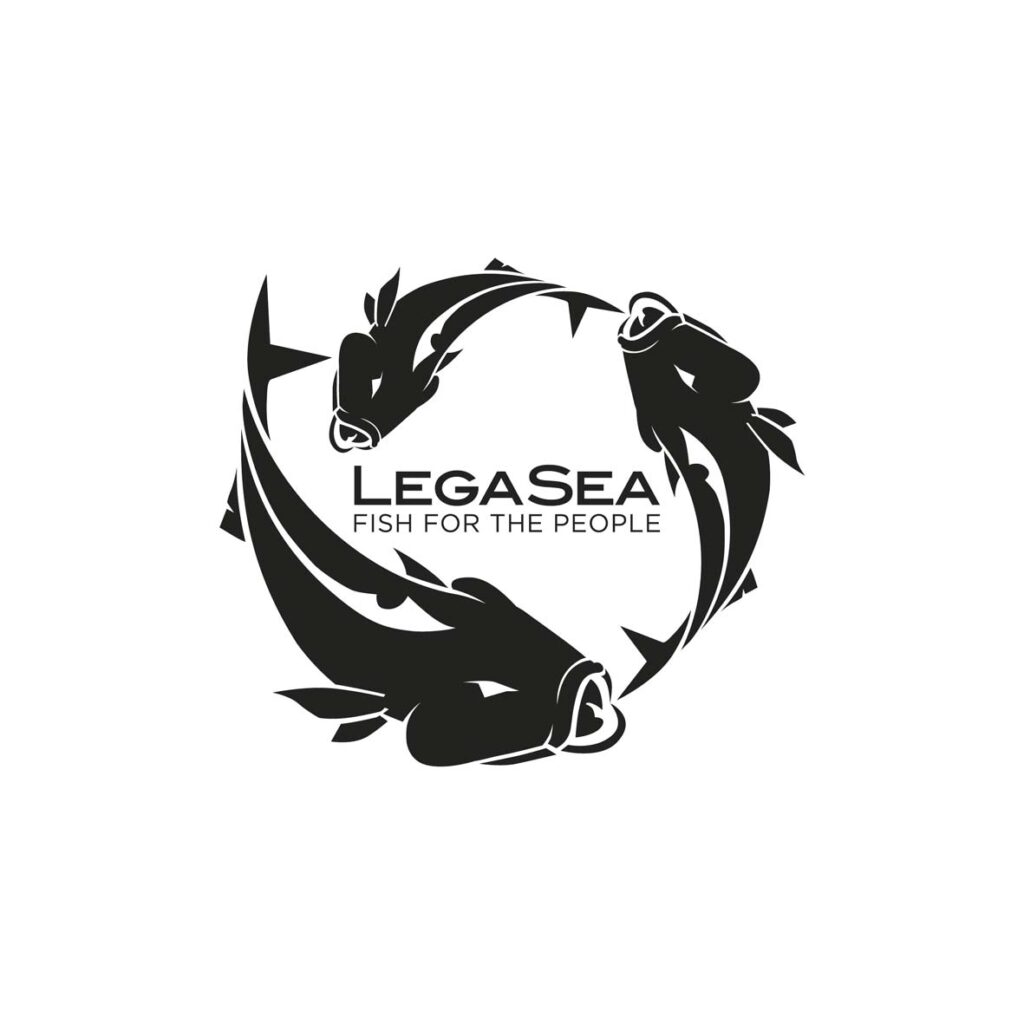
This means places like Opito Bay are also at risk of infestation.
MPI’s lack of public acknowledgement on the impact of natural processes means that little progress has been made to combat or even appropriately monitor the spread of Caulerpa.
Unfortunately, controlling Caulerpa is not as easy as pulling the moon out of the sky to stop the tides and currents. Monitoring and removal efforts need to be focused on the most contaminated areas around Aotea Great Barrier which are the source for the main currents picking up and transporting the weed.
Ngāti Hei and the wider community have consistently led the charge in Coromandel, establishing rāhui for scallops then pink maomao when the Ministry for Primary Industries failed to take action. But we can’t face this alone. It will take more than a village to combat Caulerpa, and without support from the government, efforts to control the invasive weed will fall short.
Although it may feel like there is little we can contribute to stopping Caulerpa, we all have a part to play in preventing it spreading further. This includes respecting restrictions and Controlled Area Notices (CAN) on anchoring and fishing in areas infested with Caulerpa. Or if you find yourself out diving, fishing, or walking along the beach and spot Caulerpa, please bag it up and report it to 0800 80 99 66.
LegaSea is a non-for profit organisation dedicated to restoring New Zealand’s inshore fisheries and a fair go for future generations. LegaSea was established by the New Zealand Sport Fishing Council in 2012. Through collaboration we advocate for increased abundance and a healthy marine environment. You can support LegaSea by subscribing to our newsletters here or by becoming a LegaSea Legend here.
Words by LegaSea
Coromind: Coromandel’s Collaborative Magazine

Help us take Coromind Magazine to new heights by becoming a member. Click here
Change the Weather for Your Business: Advertise with Us.
Advertise your business in the whole Hauraki Coromandel in the coolest Coromandel Art Magazine, from Waihi Beach/Paeroa /Thames up to the Great Barrier Island.
Advertise Smarter, Not Harder: Get in Touch




